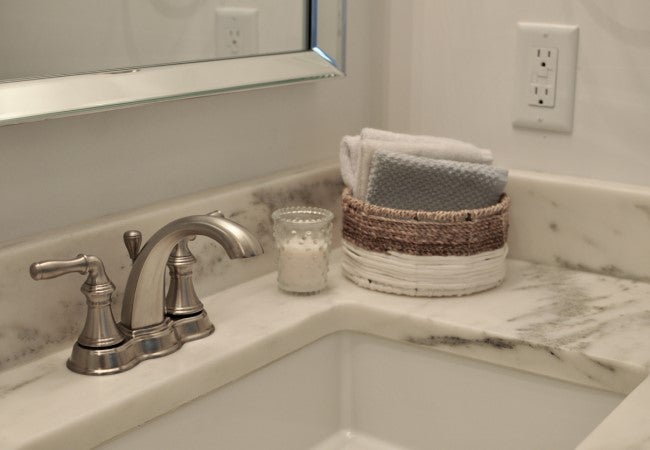orangejesus
Well-Known Member
I have a couple of questions that might seem silly, but the wife is an insurance underwriter and so views everything through potential risk.
LED light, intake/exhaust/circulating fans, cords, controller, water (using soil, but still a potential risk factor), etc. in a tent; assuming a degree of common sense is used, how big of an issue/concern is fire or electrical issues?
Should I be shopping for a light that has X, Y, and Z certifications?
Is there a minimal recommended clearance between the tent wall and the light? I would think a light spec'd for a 2x4 space would be less than 48" long, but perhaps that's not the case?
Anything I'm missing? My main goal with this first grow is to have as bulletproof a set-up as possible (even if improved yields take several harvests as skill increases), and I want to be able to leave it unattended without either of us wondering if things are okay (I'm also in insurance, so considering risk is just second-nature... yeah, we're really fun at parties).
LED light, intake/exhaust/circulating fans, cords, controller, water (using soil, but still a potential risk factor), etc. in a tent; assuming a degree of common sense is used, how big of an issue/concern is fire or electrical issues?
Should I be shopping for a light that has X, Y, and Z certifications?
Is there a minimal recommended clearance between the tent wall and the light? I would think a light spec'd for a 2x4 space would be less than 48" long, but perhaps that's not the case?
Anything I'm missing? My main goal with this first grow is to have as bulletproof a set-up as possible (even if improved yields take several harvests as skill increases), and I want to be able to leave it unattended without either of us wondering if things are okay (I'm also in insurance, so considering risk is just second-nature... yeah, we're really fun at parties).


